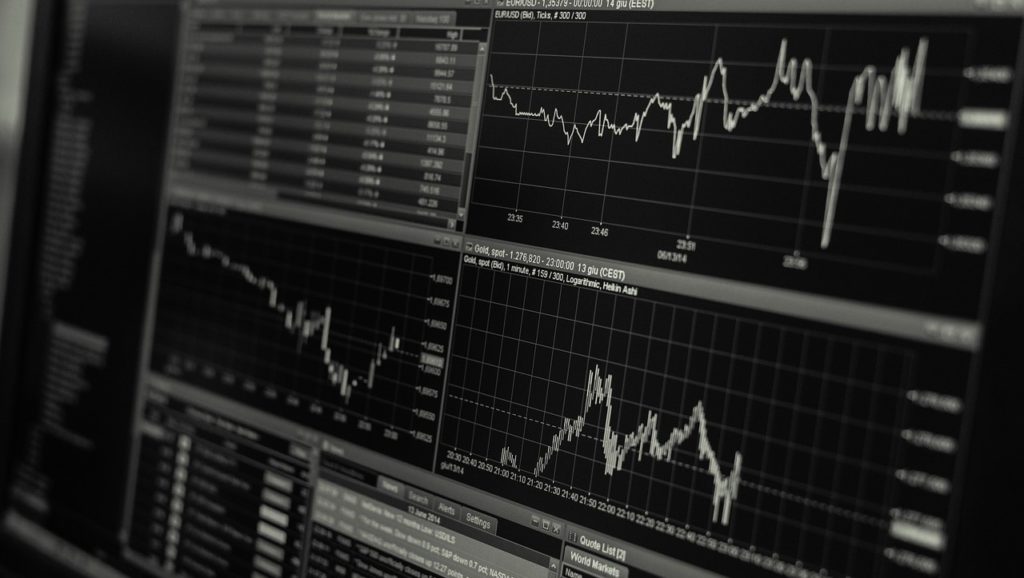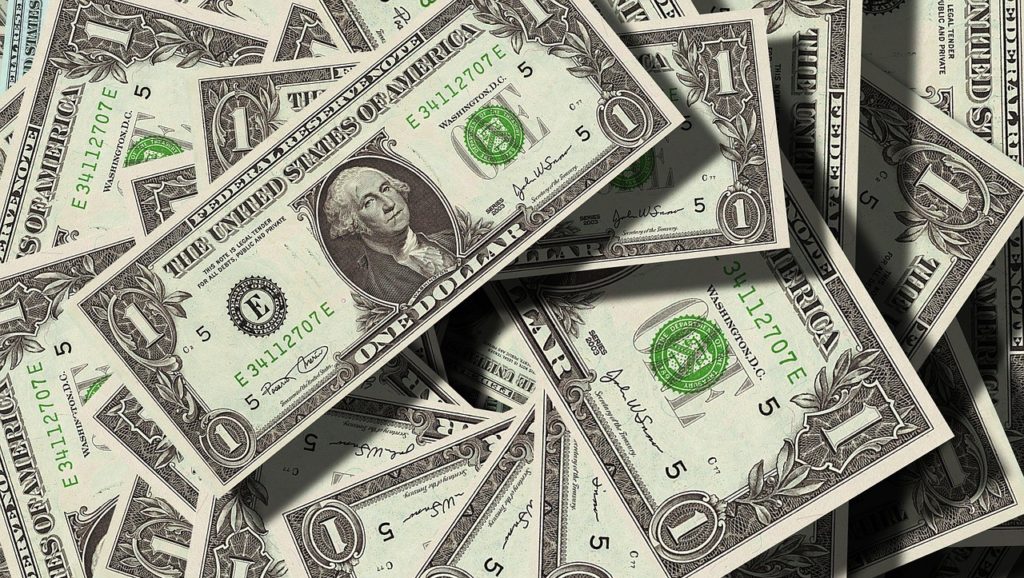“A bank is a place where they will lend you an umbrella in fair weather and ask for it back again when it starts to rain”- Robert Frost
Banks play an important role in enabling a strong economic growth of a country. They are also called the blood of modern economy. They lend money and accept deposits from its customers. The main purpose of banks is to serve the people. But banks are businesses; they need to earn profits and maintain a continuous cycle of cash flow for smooth running of these institutions.
There are various types of banks like commercial banks, co-operative banks, industrial banks, exchange banks etc. and everyone has their own lucrative ways of earning money. Here, we have noted down 4 common ways through which banks earn and stands conventional for every type of bank around the globe.
1. Charging Interest on Loans

Loan is the principal way through which banks earn their income and the primary method of utilizing the funds. They charge interest on loans which is higher than the interest they give on savings account and through this difference they earn profits.
“A bank is a place that will lend you money if you can prove that you don’t need it”
Bob Hope
The bank lends loan and charge interest only after evaluating the credit worthiness of the borrower. This evaluation is based on the credit history, income, debt and asset prospective of the potential borrower. Banks take assets of the borrower such as property, vehicle, gold or any other asset equivalent to the value of loan, which the bank can reclaim in case of non-repayment.
The banks create new money every time they lend loans. To explain this let’s take a small example: if you want to buy a new sea facing house in Paros, you may take out some mortgage from the bank to get loan. Now, the bank will not give you thousands of crisp banknotes; instead it will credit your account with a deposit equal to the size of the mortgage offered by you. Through this new money is created.
2.Charging Fees on Services Offered

Banks make money by charging on various services provided by them. The charges that banks levy on you are:
- Minimum average balance – Different banks wants you to maintain a minimum balance ranging from anywhere between Rs.100 to Rs.10,000 depending upon the policies followed by them. They charge fees from you on non-maintenance of the said balance in the saving accounts.
- ATM charges – There is a limited number of free transactions one can make through the debit card in one month. The number of transactions can vary between 4-8 times a month which again depends upon the bank. If the money is withdrawn more than that, ATM charges are levied on the customer.
- Branch deposits/withdrawal charges – Most banks provide its users with at most 4-6 deposits or withdrawal transactions and if someone exceeds it then they are charged with Branch charges.
- Debit/credit card charges – When someone applies for getting a new debit or credit card in case of being a new customer or if the card gets stolen or misplaced, charges are levied on the customer for issuance of the new card.
- MDR charges – Merchant discount rate or MDR charges are made on the merchants and are not passed on the customers. These charges are made by the merchants for payment of processing services made on the debit or credit cards.
- Miscellaneous charges – When bank issues new checkbook or when a client exceeds the limit of overdraft or make transactions for unauthorized borrowings; banks charge fees from them.
3.Trading of Financial Instruments

Trade finance is a transaction service which is usually offered by international banks. It acts as a payment instruments and also helps the customers in managing risks which are usually associated with doing a business at international levels. The banks issue the letter of credit and documentary collections, which are most important, finance instruments which act an intermediary between the importer and exporter. Along with the financial instruments, banks also provide pre-exim loans to companies.
The letter of credit initiates the transaction as it guarantees that the issuing bank will pay the agreed amount in the contract when the goods are delivered. The risk is covered when the confirming bank agrees to pay the amount in case the issuing bank defaults from payment.
The documentary collection on the other hand, in contrast with letter of credit, transfers the legal ownership of the goods traded to the importer only after the payment for the goods is made.
These financial instruments and loans add up to the earnings of the bank as they charge interest on the pre-Exim loans and fees for the instruments.
4.Earning from Forex

Forex or foreign exchange can be seen as a license to print money and banks charge you for buying a foreign currency. The charge can be in form of a commission or the rate at which the banks exchange the foreign currency. The bank charges from us as well as from the foreigner for exchanging the currency.
Let’s understand this concept about how banks earn money from Forex with the help of an example.
If a Japanese wants to buy $US 2000 from a bank; that bank now has YEN 1500. Now if an American wants to buy YEN 1500 with $US 2000 then the bank will hold exactly same funds and in same currencies. Now the bank will charge both the Japanese and American, say 3% commission, which means the bank has made about 6% on that $US 2000. In this way banks earn profits from the buying and selling of different currencies.
Conclusion
The banks in any country are made with the purpose of serving the people of its nation and make it economically stable. But at the end of the day, the banks are business houses and to meet with its expenses of paying its employees, settling the bills and maintenance of the office and branches they need to make profits. As said before, banks are the blood of modern economy and they must stay in profits for smooth running and betterment of its customers and country on a whole.

1 Comment
Primary Sources of Income for different types of Banks - Fixange · October 7, 2019 at 6:20 PM
[…] other business, banks also need to earn an income for smooth running. There are different ways of how banks make money, but the primary source of income varies from bank to […]